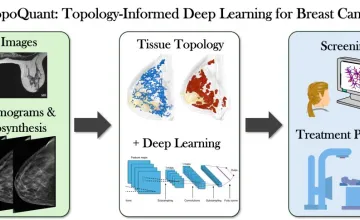AAU universities conduct a majority of the federally funded university research that contributes to our economic competitiveness, health and well-being, and national security. AAU universities are growing our economy through invention and innovation while preparing the next generation of scientists and engineers for global leadership. By moving research into the marketplace AAU universities are helping to create jobs, and provide society with new medicines and technologies.




Explore More: University Research
You can filter stories by the university.
A compound originally developed at SBU now in clinical development
A non-opioid investigational drug with promising pre-clinical results in treating neuropathic pain has passed an important hurdle after the study’s safety review committee (SRC) reviewed the data from in
Meeting the unmet need for a vaccine is the top priority for researchers studying Lyme disease, which infects about 476,000 people in the U.S. each year and can come with severe complications such as ongoing fatigue and joint issues.
